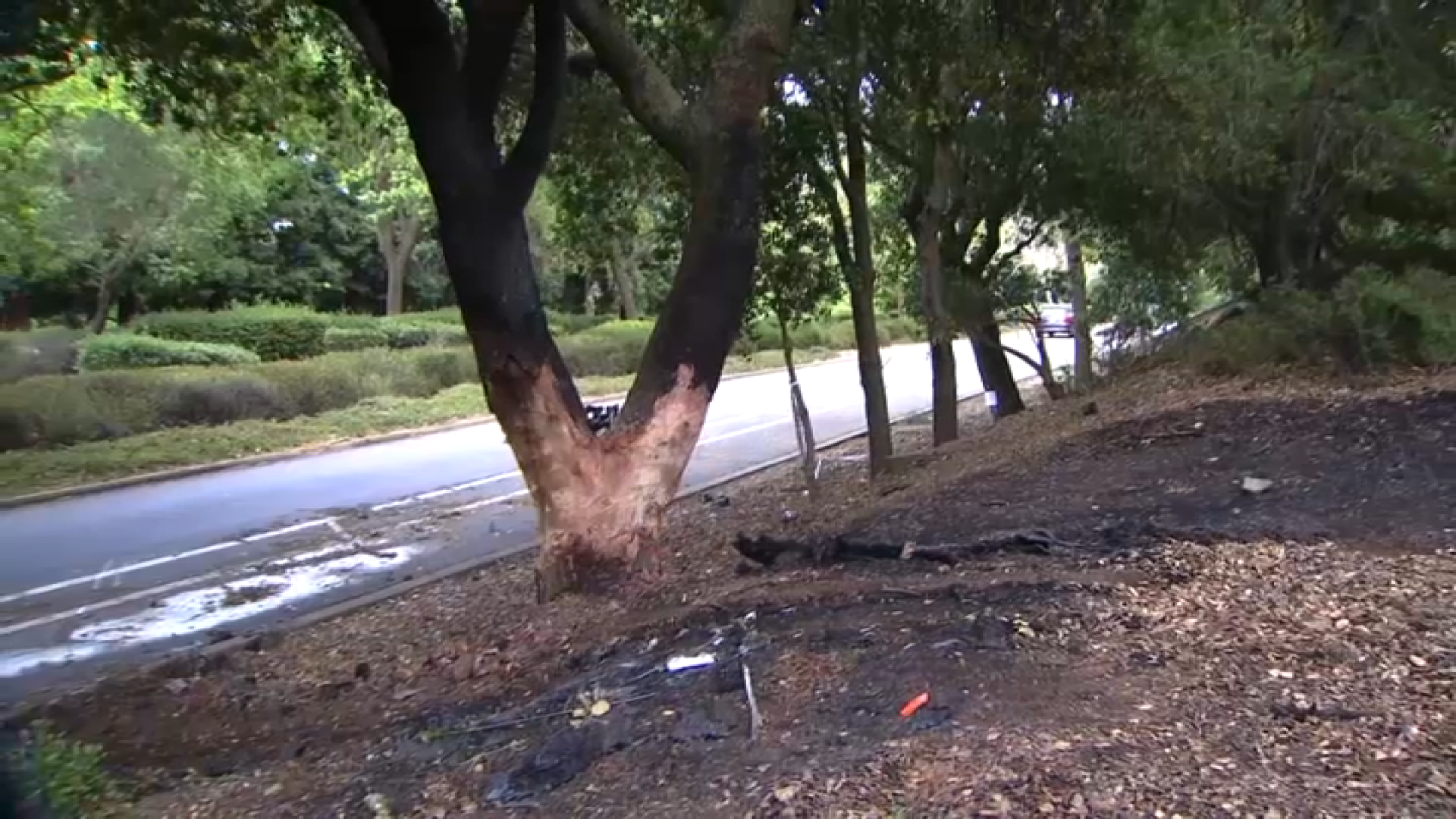A new study is sparking discussions about equality in the Bay Area as it mapped out the 20 most segregated neighborhoods around the region. Nearly all are wealthy and overwhelmingly white.
Communities in Contra Costa, San Francisco, and San Mateo counties made up a majority of that list.
Jennifer Tran, the director of the National Equity Atlas, which produced the recent report, showed that certain parts of the Bay Area remain largely segregated.
"I think there's a history around restrictive zoning laws that have pushed communities of color into certain pockets of the region," she said.
Get a weekly recap of the latest San Francisco Bay Area housing news. Sign up for NBC Bay Area’s Housing Deconstructed newsletter.
According to Tran, it took about a year to produce the report, which is based on Census data from 2019. It includes a map showing the most segregated areas. The darker blue regions, mostly in parts of Contra Costa, San Francisco, and San Mateo counties are overwhelming White, with many residents making over $200,000 a year.
The red parts of the map, largely minority communities with many families making $45,000 or less.
“Once we calculated that index, we were able to map it and visually see across the region how concentrated racial and economic segregation plays out,” she said.
Local
And according to Tran, the division can have far reaching impacts on communities of color, creating lasting disadvantage in a number of areas.
“We know that in these outer parts of the region, there is less access to jobs, to services to quality housing and good schools,” she said.
But Tran is hopeful this report could lead to some changes with cities and counties across the bay area updating housing plans and addressing long-standing barriers to integration like housing.
“They can look at this data to see which exclusionary neighborhoods, they can add affordable housing to increase accessibility to these places,” Tran said.
To see the full report, visit bayareaequityatlas.org.



